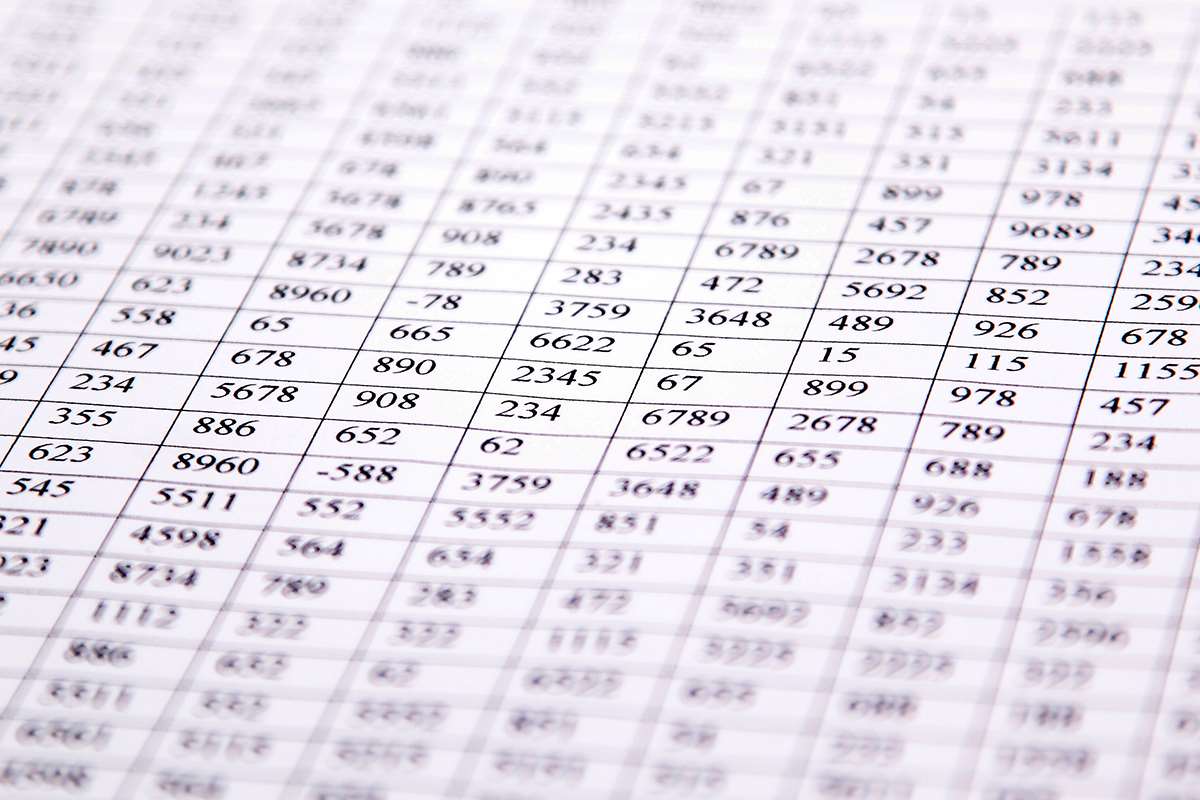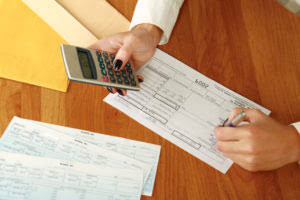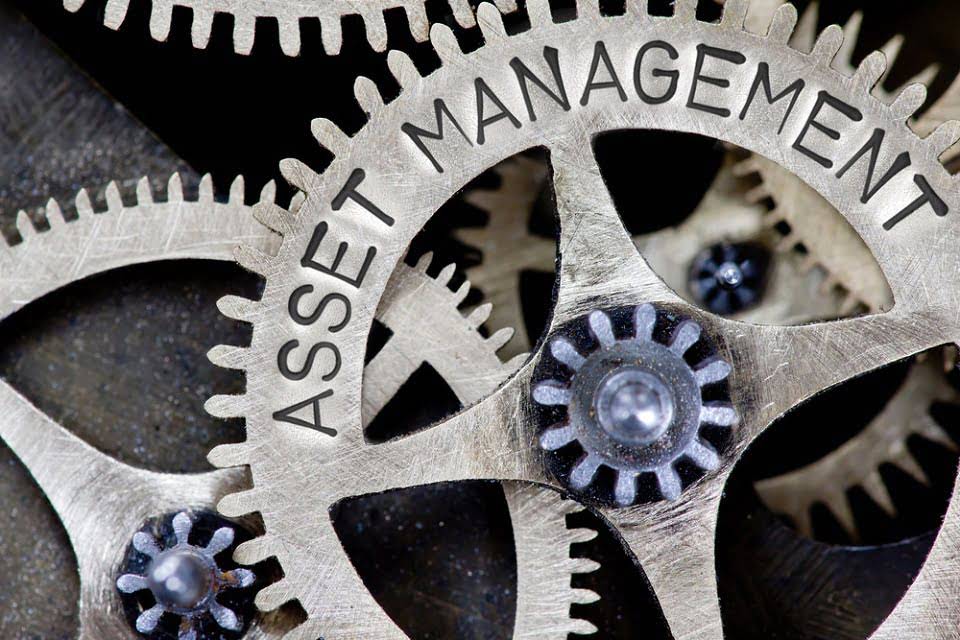
All depreciable assets are fixed assets but not all fixed assets are depreciable. For example, land is a non-depreciable fixed asset since its intrinsic value does not change. Although you can’t use the units of production depreciation method to calculate your tax return, it’s one of the four methods of depreciation allowed for GAAP. It allows businesses to allocate the cost of an asset based on its output, such as the number of hours it’s used, the number of units it produces, or another relevant measure of production. The chart below represents the cost, accumulated depreciation, and depreciation expense of a $50,000 fixed asset depreciated $10,000 per year for five years.
Examples of Assets to be Depreciated

If you’ve made improvements to your rented property, you’re eligible to depreciate them. I recommend Bookkeeping All-in-One for Dummies for those folks new to bookkeeping. It discusses depreciation and provides depreciation examples in many sections of the book, unlike the Accounting for Dummies manual (affiliate link).
Methods of Calculating Depreciation
In contrast, depreciation expense is reset to zero at the end of each year. There are different depreciation methods (e.g., straight-line, double declining balance) that affect tax and financial reporting. One of the main financial statements (along with the income statement and balance sheet). The statement of cash flows is also known as the cash flow statement. If the net amount is a negative amount, it is referred to as a net loss. An expense reported on the income statement that did not require the use of cash during the period shown in the heading of the income statement.
- The part of the cost that is charged to operation during an accounting period is known as depreciation.
- The difference between the debit balance in the asset account Truck and credit balance in Accumulated Depreciation – Truck is known as the truck’s book value or carrying value.
- But unlike Straight-line, the depreciable cost of the asset is lowered each year by subtracting the previous year’s depreciation.
- Neither of these entries affects the income statement, where revenues and expenses are reported.
- Hence, if the production decreases, the depreciated cost also steeps down and vice versa.
- So to calculate the depreciation expense, we need to quantify the useful life of the asset mathematically.
Understanding Depreciable Property
If the net realizable value of the inventory is less than the actual cost of the inventory, it is often necessary to reduce the inventory amount. When depreciable assets examples you join PRO Plus, you will receive lifetime access to all of our premium materials, as well as 13 different Certificates of Achievement. We follow strict ethical journalism practices, which includes presenting unbiased information and citing reliable, attributed resources. At Finance Strategists, we partner with financial experts to ensure the accuracy of our financial content. 11 Financial is a registered investment adviser located in Lufkin, Texas. 11 Financial may only transact business in those states in which it is registered, or qualifies for an exemption or exclusion from registration requirements.
- Find out the depreciated expense for each year using the straight-line method.
- In accounting, fixed assets’ value declines every year due to wear and tear caused by constant usage.
- One can follow these steps to compute the gains or losses generated upon the sale of an asset.
- A list of depreciable assets may include tangible assets such as buildings, machinery, equipment, and furniture.
- Adjusting entries are recorded in the general journal using the last day of the accounting period.
Note that Food Truck Accounting the account credited in the above adjusting entries is not the asset account Equipment. Instead, the credit is entered in the contra asset account Accumulated Depreciation. Depreciable assets include all tangible fixed assets of a business that can be seen and touched such as buildings, machinery, vehicles, and equipment.


The asset must also have a finite usage or run out at a defined point in the future. Knowing these terms can help you understand and calculate the impact of depreciation on your assets’ values. Intangible property such as patents, copyrights, computer software can be depreciated. The examples below show the journal entry, and the Asset portion of the Balance Sheet after the journal entry has been posted. However, before putting an asset recording transactions into operation, the business must decide whether or not the item, after its useful life, will be likely sold and what the salvage value might be. In this Keynote Support tutorial, I define and explain depreciation in easy to understand terms, and provide useful examples including the journal entries involved.

Sum of the Years’ Digits
The length of an asset’s useful life depends on the class for depreciation treatment, and In this case, the IRS sets limits. For example, tractors and livestock have a useful life of three years. Adam Hayes, Ph.D., CFA, is a financial writer with 15+ years Wall Street experience as a derivatives trader. Besides his extensive derivative trading expertise, Adam is an expert in economics and behavioral finance. Adam received his master’s in economics from The New School for Social Research and his Ph.D. from the University of Wisconsin-Madison in sociology. He is a CFA charterholder as well as holding FINRA Series 7, 55 & 63 licenses.
- A depreciable business asset is a form of business expense that applies to items with set lifespans.
- PepsiCo Inc. lists land, buildings and improvement, machinery and equipment (including fleet and software), and construction-in-progress under its PP&E account.
- It is in this sense that depreciation is considered a normal business expense and, consequently, treated in the books of account in more or less the same way as any other expense.
- As previously mentioned, depreciation can provide attractive tax advantages.
- The asset must also have a finite usage or run out at a defined point in the future.

This depreciation method is often used for assets that could quickly become obsolete. However, it’s considered the most difficult depreciation method to calculate. Straight line depreciation is the simplest method of calculating depreciation expense. In it, the expense amount is the same every year over the useful life of the asset.
What Is Depreciation in Business?
The government encourages capital investment by allowing you to recognize the gradual depreciation of your company’s assets and use that loss of value as a write-off on your business taxes. Assets depreciate slowly over time, allowing the business to receive a tax deduction for each year. If an asset lost all value in its first year, the company would only have the tax benefits once. If you’re wondering what can be depreciated, you can depreciate most types of tangible property such as buildings, equipment vehicles, machinery and furniture.

 German
German